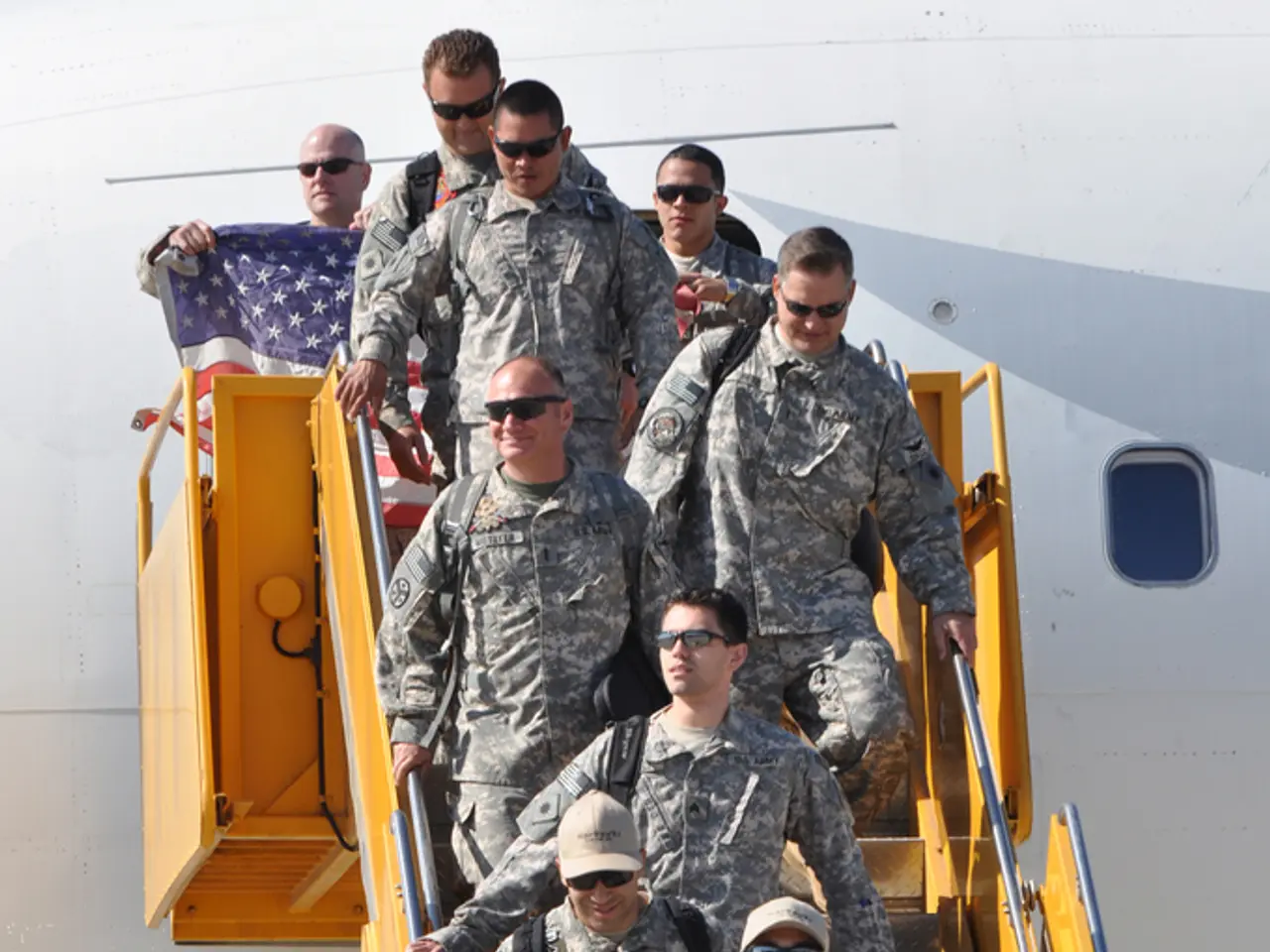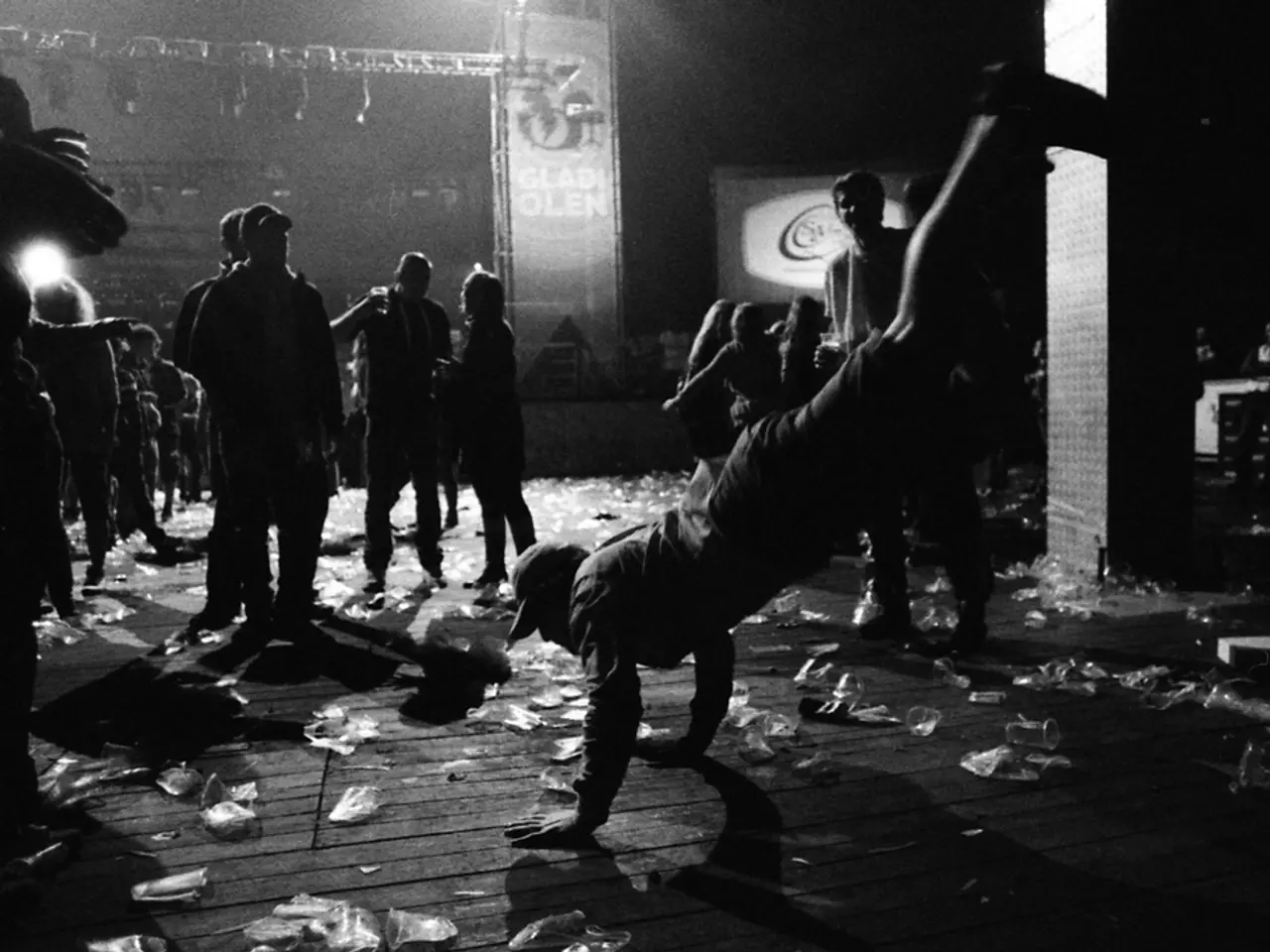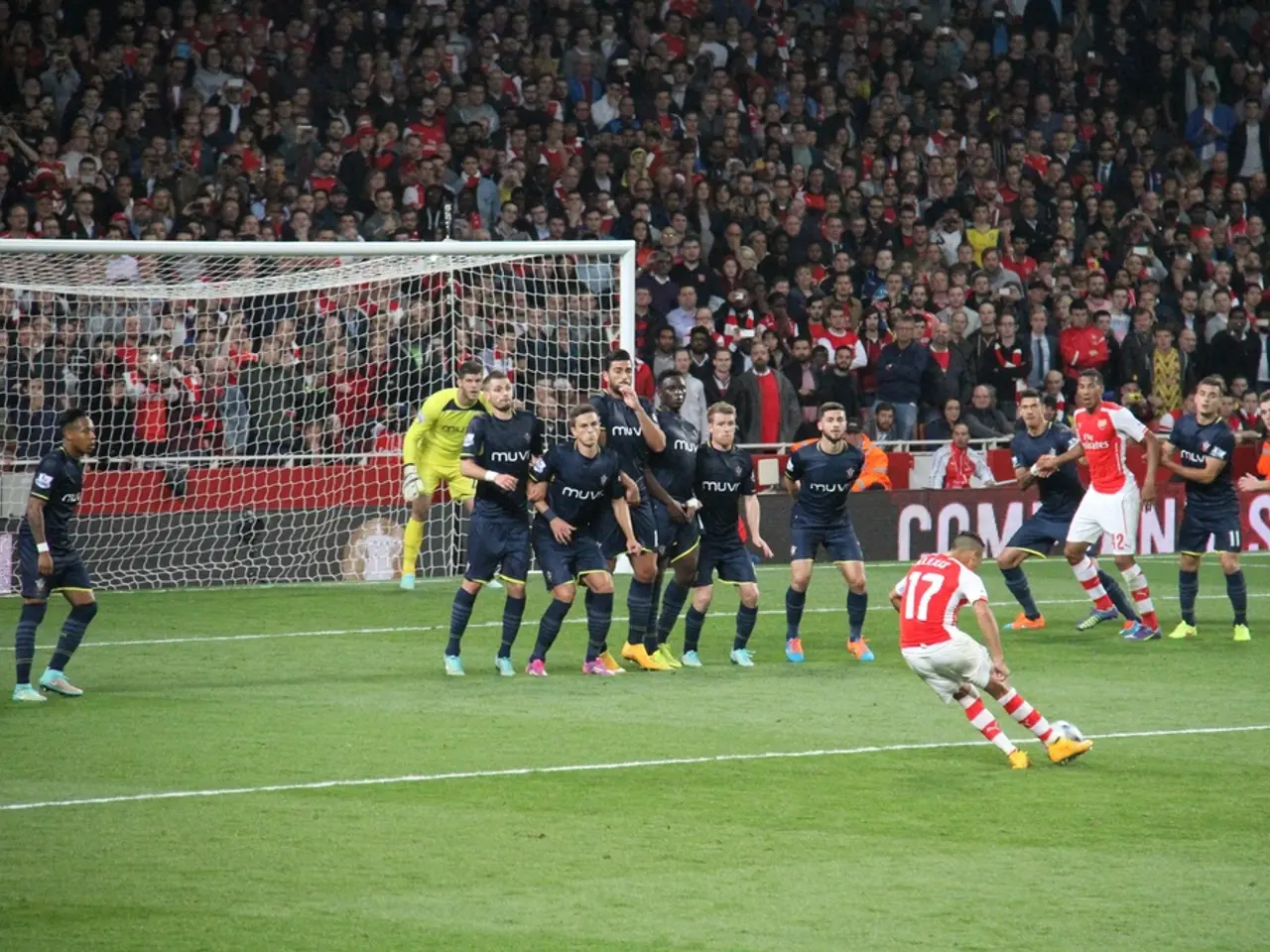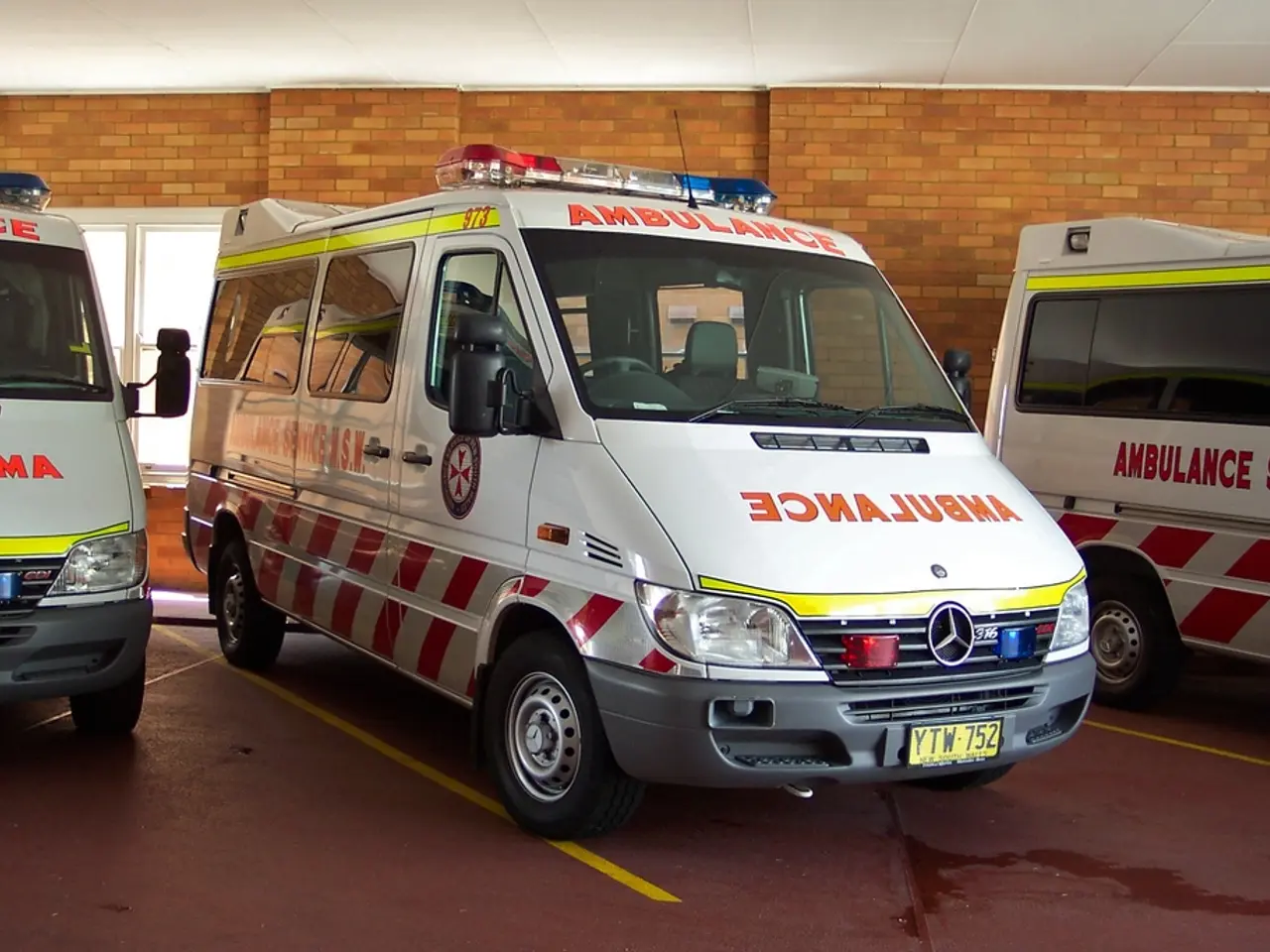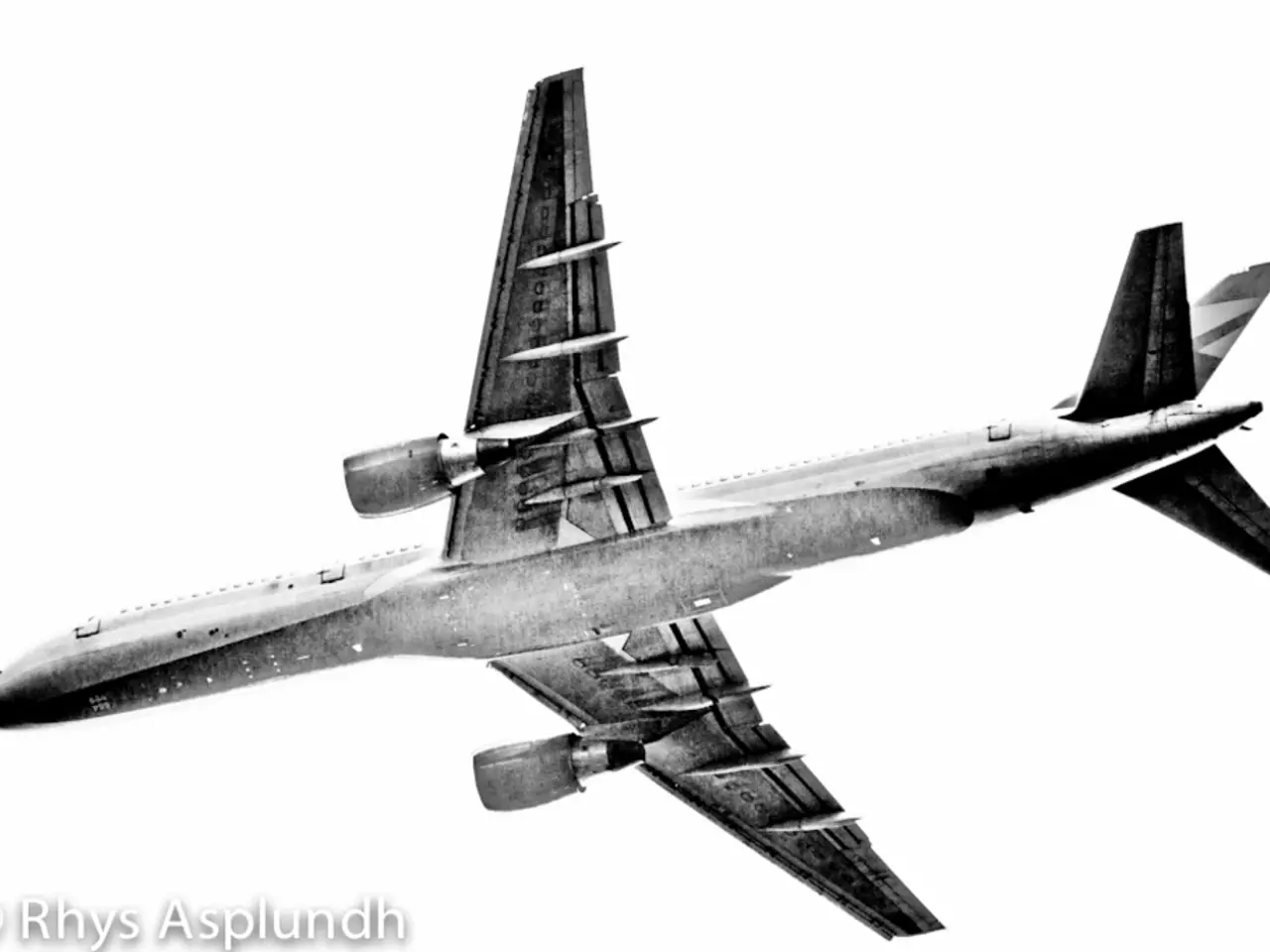Helicopter pilots potentially encountered difficulties due to night vision goggles prior to collision with a jet plane, according to industry specialists, as reported to the National Transportation Safety Board.
In the tragic midair collision over Washington D.C. in January, night-vision goggles (NVGs) used by the Army helicopter pilots and communication issues with air traffic control (ATC) were identified as significant factors contributing to the accident.
The NVGs, designed to enhance low-light visibility, can narrow the pilots' field of view and impair their ability to distinguish aircraft lights from background city lights. This limitation makes it nearly impossible for helicopter pilots to visually locate other aircraft, such as passenger jets, during flight operations near busy airspaces.
Moreover, the NVGs can hinder the perception of colored navigation lights on planes, which are crucial visual cues for maintaining separation and situational awareness. This limitation poses a major challenge in collision avoidance because helicopter pilots rely partially on visual identification to maintain safe distances.
Communication issues with ATC also played a role in the collision. For instance, the controller's instructions were not fully heard by the helicopter's crew before the collision, and in another instance, a radio transmission overlap prevented the helicopter crew from receiving a timely warning to pass behind a jetliner, contributing to a near-collision event.
The use of NVGs, while enhancing low-light visibility, paradoxically narrows the visible scene and degrades colour recognition, impairing helicopter pilots' ability to detect other aircraft and avoid midair collisions near airports. Combined with communication gaps and complex air traffic, these vision challenges make collision prevention during night operations particularly difficult.
Tim Lilley, an aviation expert, expressed concern over the FAA's lack of alcohol testing for air traffic controllers after the crash. Lilley stated that the FAA made a number of excuses for not conducting alcohol testing, which he found to be invalid and indicative of a system that was complacent and normalizing deviation.
Mary Schiavo, a former U.S. Department of Transportation Inspector General, also criticized the FAA for their lack of responsiveness to problems and their failure to provide information requested by investigators. Schiavo stated that both the Army and the FAA appear to share significant blame for the collision.
The challenges posed by night-vision goggles and communication issues were among the topics discussed at the National Transportation Safety Board's third and final day of public testimony over the fatal midair crash. The collision was the first in a string of crashes and near misses this year that have alarmed officials and the traveling public.
In conclusion, the use of night-vision goggles and communication issues between helicopter pilots and air traffic control can significantly increase the risk of midair collisions, particularly near airports. Addressing these challenges is crucial in ensuring the safety of both military and civilian aircraft operations.
- The debate over the use of night-vision goggles (NVGs) in low-light helicopter flights has expanded to Seattle's general-news channels, given the implications they have for aircraft safety and collision prevention.
- As the Seattle sports community Cheers for their team's victories, concern over the potential risks of NVGs and communication issues with air traffic control (ATC) lingers, casting a shadow over the celebration.
- The evening crime-and-justice bulletin in Seattle reported another instance of collision near the city's airport, adding to the growing list of accidents attributed to the use of NVGs and communication breakdowns between helicopter pilots and ATC.
- As the city of Seattle navigates its bustling traffic and intense politicaldialogue, the issue of air safety has gained momentum in the wake of the midair collision, with calls for increased scrutiny of NVGs and improvement in communication between ATC and helicopter pilots.
